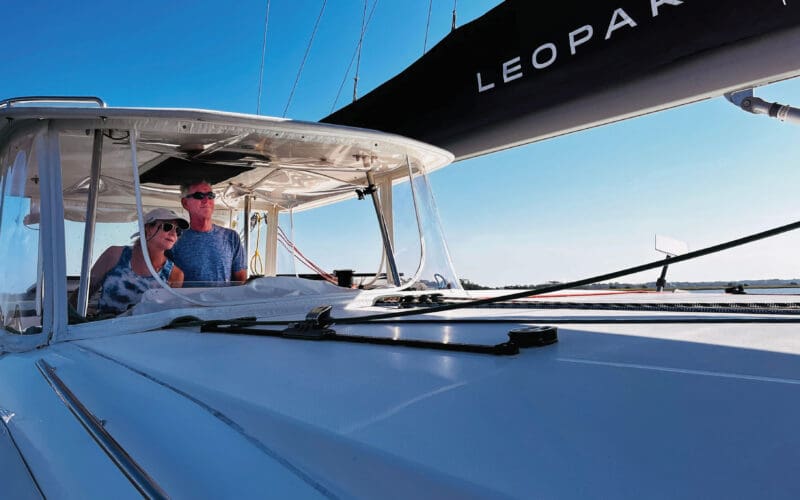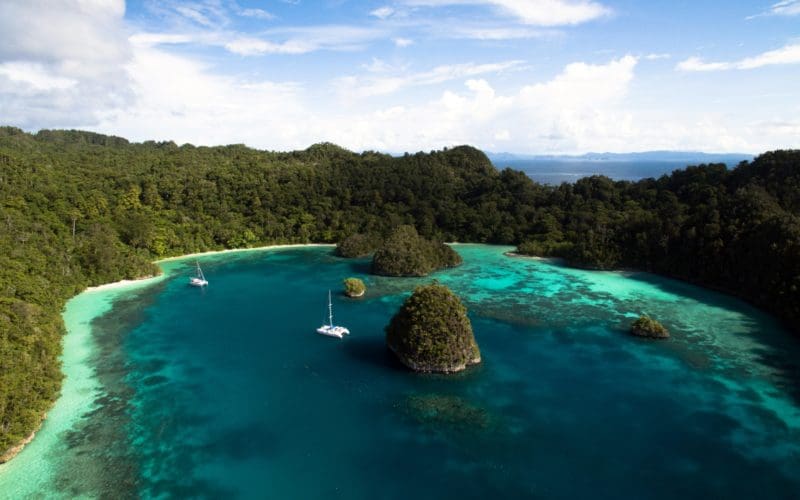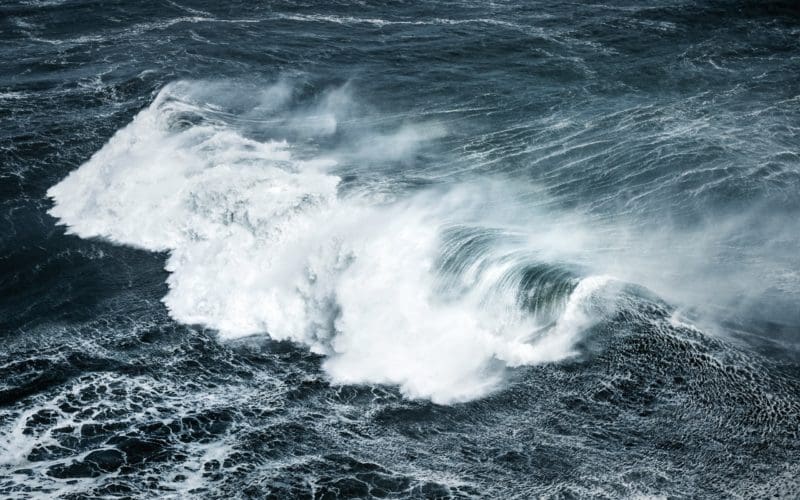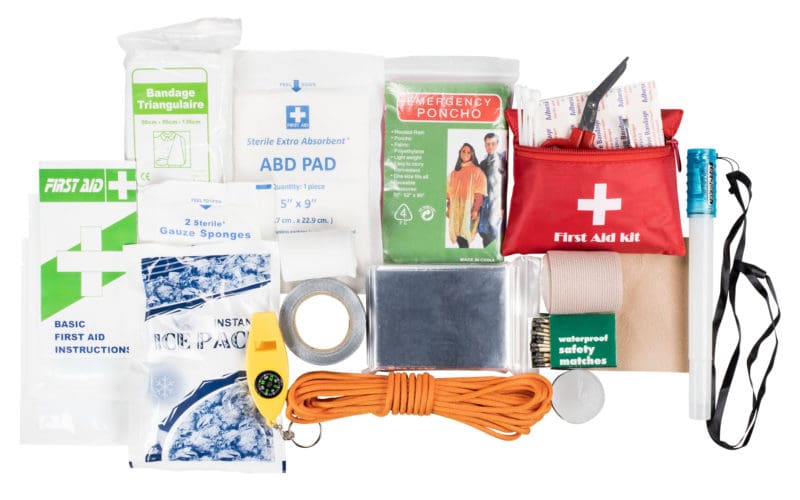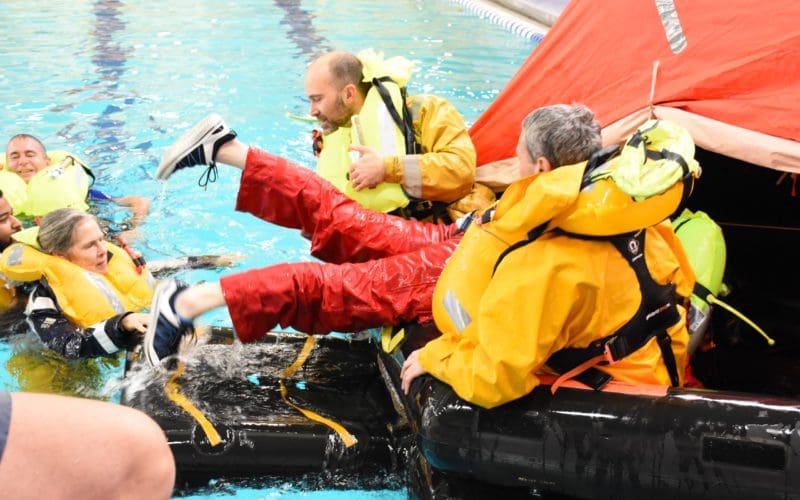20
Apr
Stephen and Dawn Bell enjoy the cruising life aboard their Leopard 48 Catamaran Pilar, having cruised down the East Coast and into the Windward Islands of the Caribbean. The Bells emphasize the critical importance of always putting safety first while planning and undertaking ocean voyages. They prioritize safety not only in their manner of coastal and offshore sailing, but also in the emergency gear they select for use in a crisis. Both Stephen and Dawn have received some formal medical training, so when someone gets hurt, they can dress wounds, splint broken bones, administer appropriate medications and make contact with emergency…

